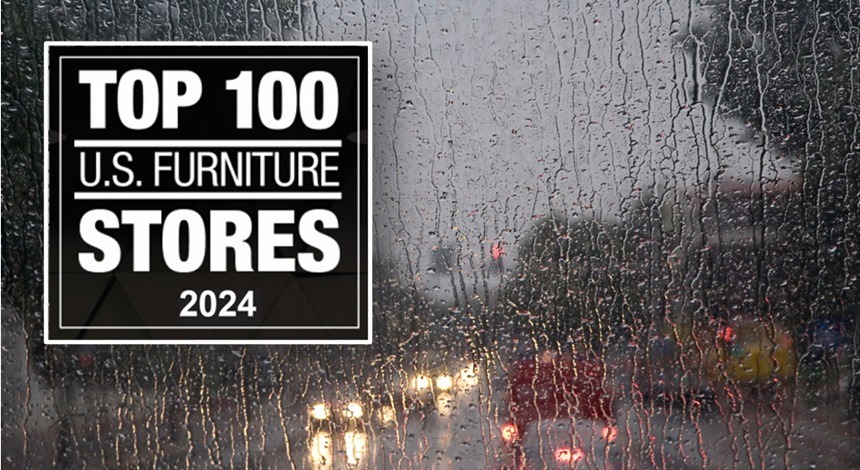As you read this, you’re likely just back from the Memorial Day Weekend. If you’re a retailer, hopefully it will be one defined by strong traffic and even stronger sales. If recent history is any guide, however, that’s not likely the case.
Odds are you started your Memorial Day sales earlier than usual and will look to maintain that consumer engagement and activity for a little bit beyond the holiday. That’s been the pattern thus far in 2024 with traditional tent pole events getting extended as long as possible to pump up enthusiasm on the part of a consumer who’s feeling financially squeezed and, by most accounts, disinclined to redecorate their homes.
It’s in that context that we reveal Furniture Today’s Top 100 list, an annual ranking of the nation’s largest furniture store operators. It is an uncomfortable commentary on the current state of the business and flies directly in the face of industry prognostications over the past two years, which suggested the hoped-for turnaround would have arrived by now.
Instead, this year’s ranking makes clear that whatever challenges companies faced in 2022 only increased throughout 2023. Last year’s Top 100 showed 47% of leading furniture and mattress retailers suffering year-over-year declines. This year that number exploded, with 83% reporting a decline in sales. Even more disconcerting is that nearly 40% of dealers were down double digits.
That’s almost as many as saw any decline last year … in total.
It’s difficult to pinpoint a segment or a group that clearly outperformed or underperformed the average as declines were as prevalent at the high-end as the low. Crate & Barrel, Arhaus and Lovesac all racked up positive numbers, perhaps suggesting that lifestyle and specialty stores were less impacted. But flying in the face of that hypothesis is one-time lifestyle darling RH putting a minus 15.6% on the board while price-driven Ikea delivered 6% gains.
Go figure.
Industry experts have been noting a trend toward consolidation, with larger chains capturing share from smaller independents. And a case could be made that the list confirms that hypothesis with nine of the top 50 showing gains compared to six of the bottom 50. However, there were more of the Top 50 showing double-digit declines (21) than there were in the bottom half (18), again, an outcome that runs counter to the expectation.
What this suggests is that the consumer shopping malaise is not isolated to a particular format, price level or business size. This slump is an equal opportunity antagonist. This will hardly be a surprise to anyone who’s been running faster and working harder just to stay in the same place.
The remainder of this year is expected to continue much as it began, with consumers having less ability or interest in furnishing their homes in quantities sufficient to reverse the current downturn. The likely result is that those experiencing gains will be achieving them at someone else’s expense. It’s also likely that some of the names on this year’s list and on the list of those who supply them, will be different in 2025.
